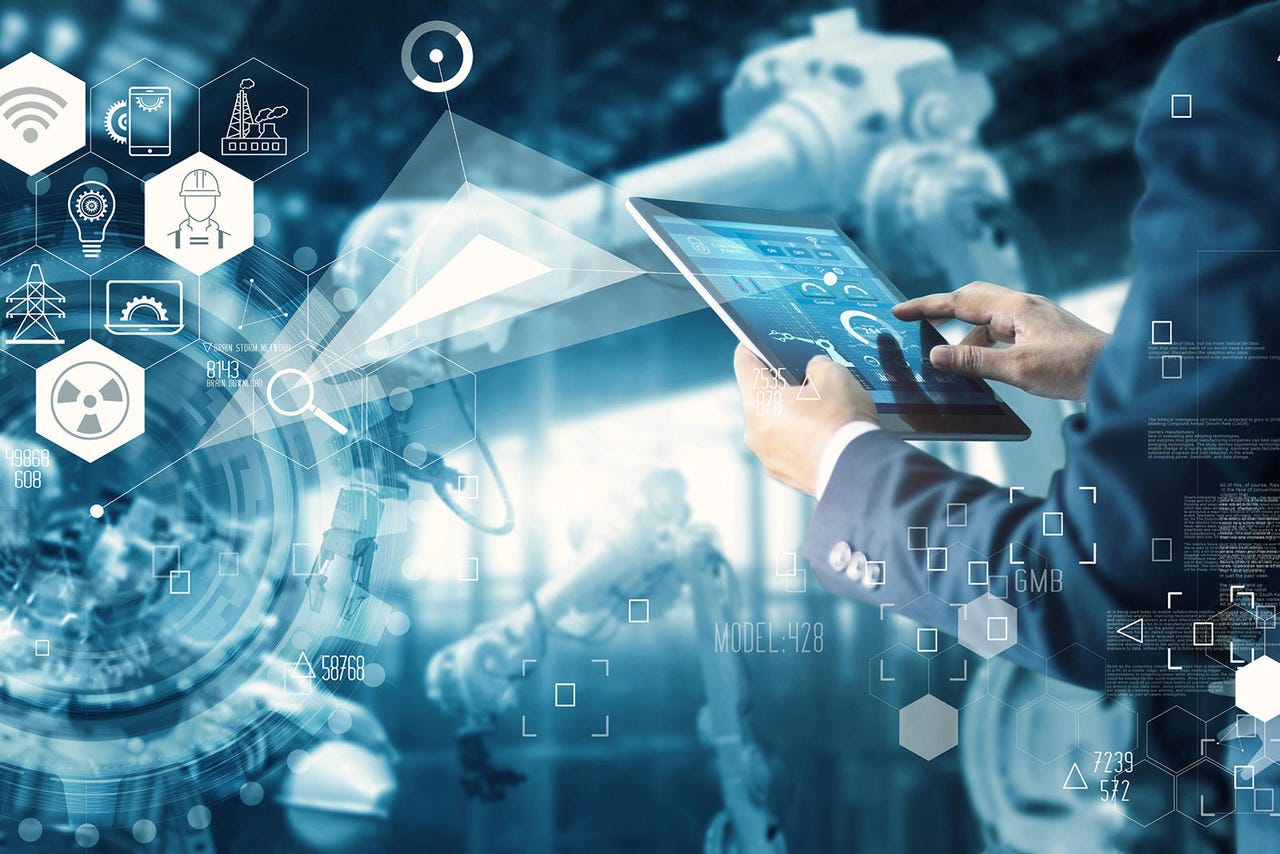Ambient Computing: The Invisible Revolution Powered by AI
In the history of computing, we’ve gone from mainframes to desktops, from laptops to smartphones. Each leap brought us closer to the machine—more mobility, more access, more control. But the next paradigm is not about carrying more powerful devices in our pockets. It’s about not having to carry anything at all.
Welcome to Ambient Computing—a world where technology disappears into the background, and intelligence becomes part of the environment.
What Is Ambient Computing?
Ambient computing refers to a new technological paradigm in which computing capabilities are seamlessly integrated into our surroundings. Instead of consciously interacting with screens or devices, users engage with an intelligent environment that anticipates needs, responds to context, and acts without being explicitly asked.
At its core, ambient computing is computing without friction. It’s AI that listens, watches, learns, and helps—without requiring your direct input. The machine doesn’t wait for you to open an app. It’s already doing what you need.
Why Now? The Technologies That Make Ambient Computing Possible
Ambient computing is not the product of one breakthrough. It’s the convergence of several maturing technologies:
-
Artificial Intelligence (AI): Enables systems to learn from user behavior, adapt over time, and make context-aware decisions.
-
Internet of Things (IoT): Embeds sensors and connectivity into everyday objects—walls, appliances, clothing—turning the physical world into a digital interface.
-
Edge and Cloud Computing: Provides the infrastructure to process massive amounts of data in real-time, both locally and globally.
-
Voice Interfaces and Natural Language Processing: Allow users to communicate with machines as they would with other people—intuitively and conversationally.
-
Ubiquitous Connectivity: From Wi-Fi 7 to satellite internet (like Starlink), high-speed global access enables ambient systems to operate anytime, anywhere.
-
Privacy-Preserving Technologies (Blockchain, On-device AI): Offer trust, transparency, and personal data control in ambient environments.
These technologies form the foundation of a new computing layer: invisible, distributed, and intelligent.
How Ambient Computing Will Transform Everyday Life
1. Homes That Think
Your smart home becomes an intelligent habitat:
-
Lights, temperature, and music adjust based on mood, schedule, or even biometrics.
-
Your AI assistant prepares your coffee as you wake, adjusts your morning briefing based on your sleep quality, and reminds you about the umbrella you’ll need—before you think to ask.
2. Workspaces That Adapt
No need to log in or set up. The environment knows you:
-
Your preferred lighting, screen configuration, and task list are ready the moment you walk in.
-
Meetings are transcribed, summarized, and automatically emailed—while your AI co-worker monitors project timelines and flags risks before they happen.
3. Cities That Listen
Urban infrastructure becomes dynamic:
-
Public transit adjusts to real-time demand.
-
Traffic lights optimize flow based on pedestrian density and emergency needs.
-
AI-powered waste bins report when they’re full. Parks light up when you walk in.
4. Retail That Feels Personal
No more queues, no more checkout:
-
You walk into a store, your preferences are known, suggestions are personalized.
-
You leave with what you need—payment and delivery are handled ambiently.
The End of Devices as We Know Them
Ambient computing isn’t just a new user interface. It’s the end of the user interface. In this world, the computer no longer sits in a box. It surrounds you.
Imagine:
-
No opening apps.
-
No typing passwords.
-
No charging gadgets.
Instead:
-
You speak.
-
You gesture.
-
You exist—and the environment responds.
Challenges Ahead
As with every powerful shift, ambient computing raises profound questions:
-
Privacy: How do we secure ambient systems from surveillance or misuse?
-
Consent: How do we ensure the user is always in control?
-
Equity: Will ambient computing be a luxury for some or a right for all?
-
Trust: Can users rely on invisible systems that operate autonomously?
These aren’t technical challenges alone. They are societal questions—and must be addressed with as much rigor as the tech itself.
Final Thought: Ambient Computing as the Ultimate Goal
In many ways, ambient computing is the true destination of the computing journey. It's what we always wanted: technology that works for us, not one we have to work through.
AI is the brain. IoT is the body. The cloud is the nervous system. And the environment is the interface.
In this new paradigm, computing disappears—and intelligence appears.
We don’t interact with the machine.
The machine interacts with us.
And that changes everything.




No comments:
Post a Comment